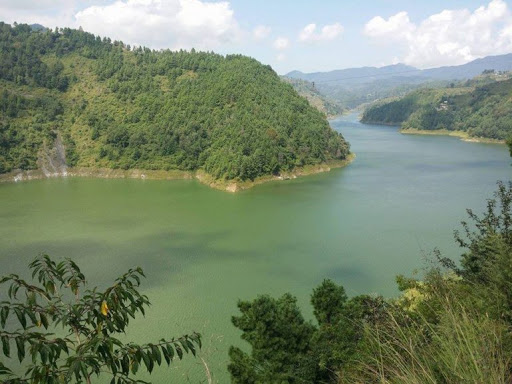KATHMANDU: With the onset of winter season, all the three projects located in Kulekhani have started generating electricity as per their capacity to meet the increasing demand of electricity.
Kulekhani generates 60 megawatts of electricity through the first project, 32 MW from the second project and 14 MW from the third project and a total of 106 MW of electricity has been connected to the central transmission system.
The electricity generated from Kulekhani is currently being supplied to Kathmandu, Pokhara, Biratnagar, Nepalgunj, Jhapa, Bhairahawa, Janakpur and Mahendranagar, said Dhirendra Chaudhary, chief of Kulekhani I Project.
He said that Nepal Electricity Authority (NEA) in Kathmandu is likely to cut the production of Kulekhani project if the supply of electricity in different cities decreases.
Similarly, only about five-and-a-half meters of the Indrasarovar Reservoir in Indrasarovar Village Municipality-1 of Makawanpur is left to be filled, said Ram Kumar Chaudhary, chief of Control Room of Kulekhani I Project.
NEA has projected a maximum demand of 1,550 megawatts for the coming winter. Last year, the highest demand had touched 1,370 MW. Even though NEA’s production including that of the private sector has reached 1,350 MW, only one third of it will be generated during the winter. Therefore, domestic production will be insufficient.
The power utility also expects to address the power demand in the winter on the basis of the projection that the first unit of Upper Tamakoshi project, which is still under construction, will generate 76 MW of electricity in January next year and the second unit with the same capacity will generate power in February. Likewise, the third unit is expected to start generating electricity in April.

